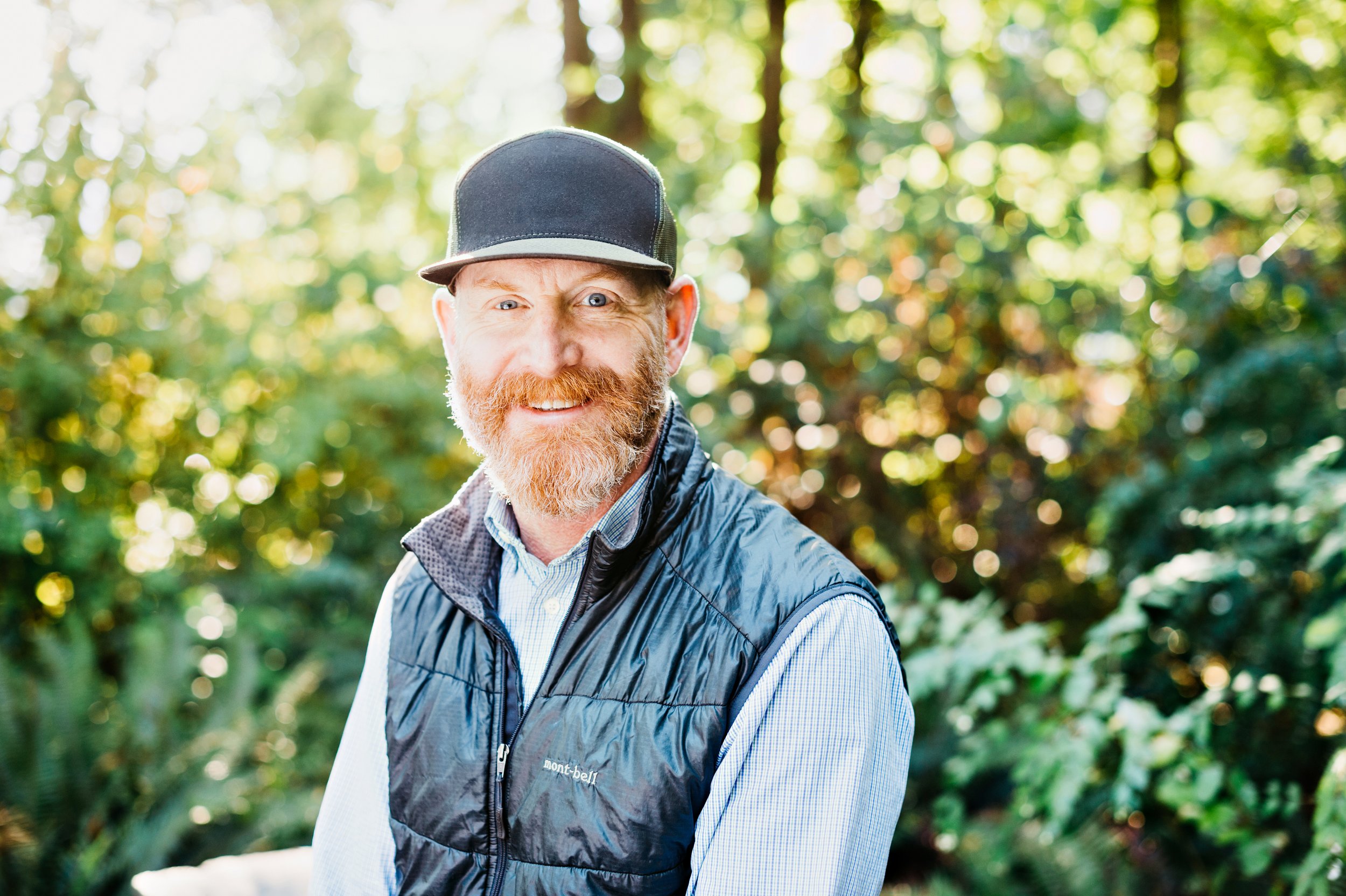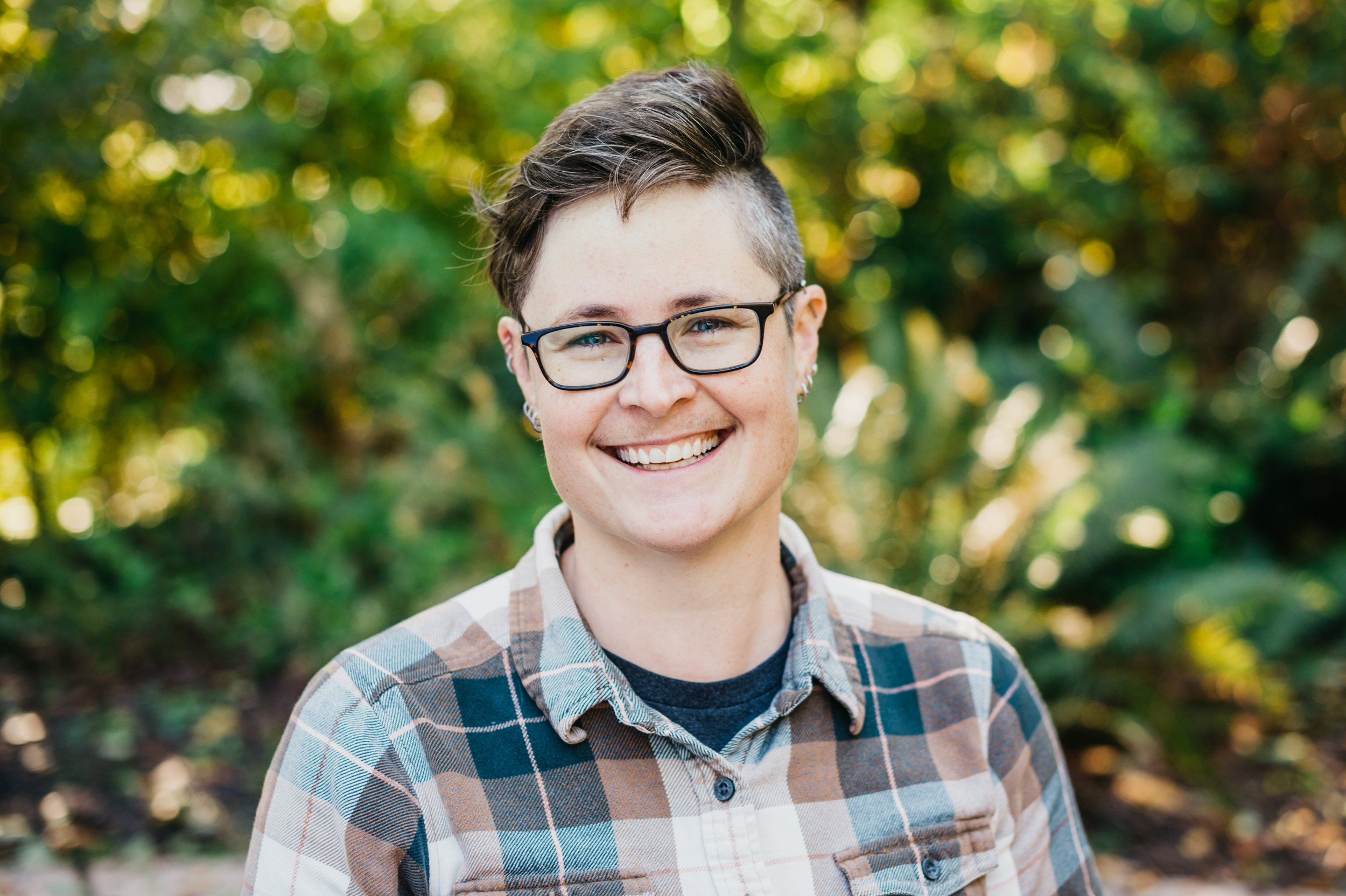We are pleased to share our 2022 Impact Report!
I deeply believe that as a society we are going to make the transition to a resilient future. That said, the path to get there may not be smooth or pretty. However, if the pandemic has taught us anything, it is that when faced with crisis, we can adapt and rise to the occasion.
At Green Canopy NODE, we stand at the forefront of this movement, fully aware of the magnitude of the problem and the immense potential for positive change. Through our commitment to building carbon-negative, healthy homes, we strive to regenerate communities and environments, demonstrating that housing can be a catalyst for transformation.
We are a deeply committed community of teammates, board members, shareholders, impact investors, institutional investors, homeowners, landowners, developers, affordable housing groups, architects, real estate agents, and sub-contractors.
Together we are building the future of housing!
I invite you to join us on this journey. Please feel free to start by sharing with me your insights and reflections on this report.
With deep gratitude,
Susan Fairchild
Chief Marketing & Impact Officer















